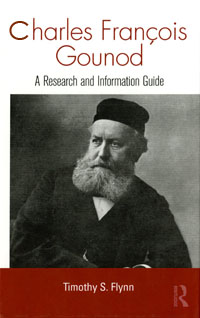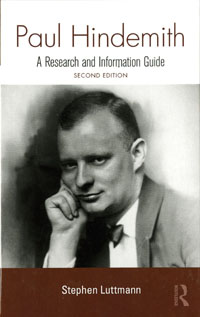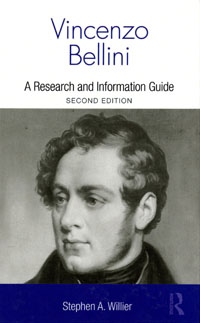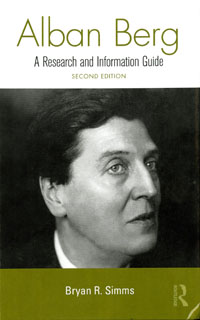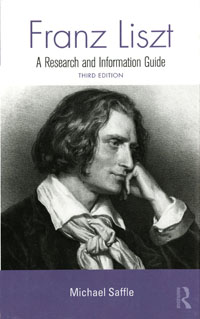An Amy Beach Bibliography
Amy Marcy Cheney Beach (Mrs. H.H.A. Beach) is considered to be the first great woman composer of America. She wrote 80 numbered compositions, both large and small, and over 150 songs. She achieved success independently of her gender and became an outspoken advocate for excellence in composing and performing. Her works were rarely performed for many years, but a resurgence of interest in her music began at the end of the twentieth century. This is evident in the number of scholarly dissertations written on Amy Beach in recent years, as well as recent recordings and important articles in music journals.
This bibliography consists of annotated citations of books, journal articles, doctoral dissertations, anthologies, discographies and other reference sources, both online and in print. All entries except one have been verified with the actual printed material, or, in the case of some dissertations, by viewing an online full text PDF file. An extensive list of Amy Beach’s works is located in The New Grove Dictionary of Music and Musicians, 2nd edition. It will be noted that there are a number of articles in pedagogy based journals, such as The Etude, Musical Quarterly and American Music Teacher. This perhaps because Amy Beach, being a woman, may have been stereotyped as a composer of piano teaching pieces. Also a number of citations are focused on gender issues. The encouraging thing is the quantity of scholarly research that has surfaced recently, which examines Amy Beach and her compositions in a more unbiased fashion. We are indebted to Adrienne Fried Block, Judith Tick and other musicologists for their fresh perspectives on the music of Amy Beach, especially her larger works. There is much work yet to be done. Compositions for which there is insufficient or non-existent research include the Mass in E flat, op. 5; Festival Jubilate, op. 17; Canticle of the Sun, op. 123: the opera Cabildo, and other works. Perhaps research on these compositions is being undertaken at this moment. My hope is that this bibliography will be an aid to continued scholarship on the life and works of Amy Beach. – Esther Megargel
Click here to view the bibliography
